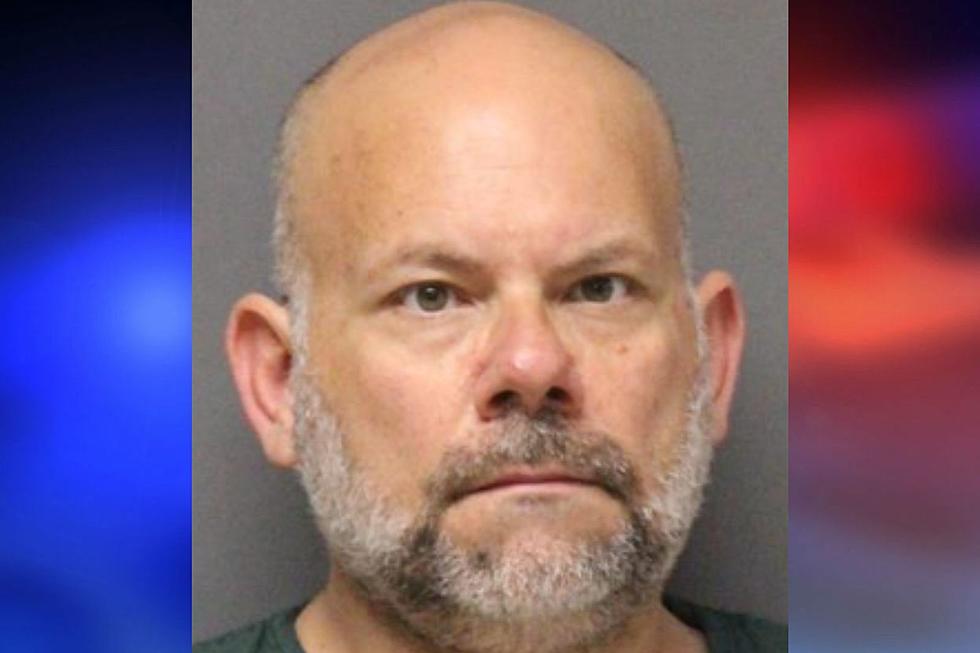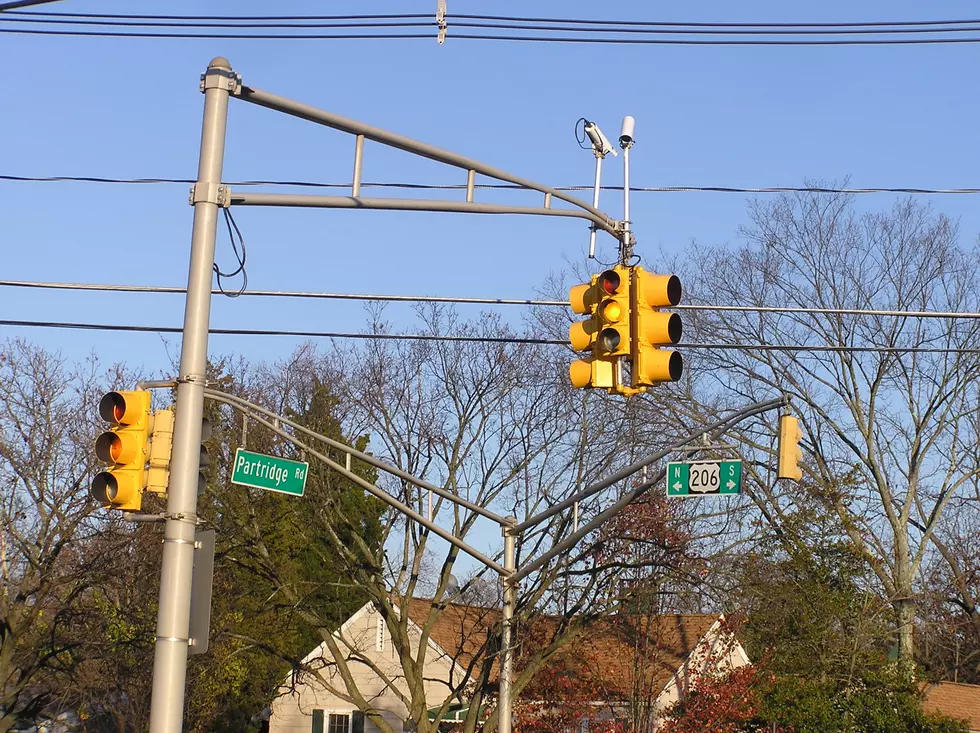![Brick Could Lose $500,000 if End Red Light Camera Program Is Done Away With – Shakedown or Safety? [POLL]](http://townsquare.media/site/385/files/2013/07/red-light-camera-300x224.jpg?w=980&q=75)
Brick Could Lose $500,000 if End Red Light Camera Program Is Done Away With – Shakedown or Safety? [POLL]
Finding out that the cameras at a couple of intersections in Brick bring in a boatload of money should give anyone pause to reflect the real reason they’re there.
M-O-N-E-Y!!!
Of course there’s denial on the part of the mayor, who says he’s not concerned with the potential loss of the program.
With the clock running down on the state’s Red Light Camera Program, the township could see its revenue drop more than half a million dollars if the state pulls the plug on the program at the end of next year.
The township took in $1.1 million in revenue from the program last year, while paying out $640,800 in fees to the state and Arizona-based American Traffic Solutions, the company that installs and monitors the cameras, according to the township’s 2013 proposed budget.
The township is not concerned about the potential loss of revenue if the program is discontinued, said Mayor Stephen Acropolis.
“When you are talking about $500,000 on a $95 million budget, it’s not a huge amount of money,” Acropolis said. “These cameras are about changing people’s view on driving, not about the making money.”
The township’s profit from the program is equal to approximately a fourth of a cent on the township tax rate.
“Anytime the township loses any revenue regardless of its origin it is of concern,” said Scott Pezarras, township administrator.
In Brick, a ticket from a red light camera comes with an $85 fine and no points on a driver’s record. The revenue that the township takes in from the cameras is put into the general fund to offset taxes, Acropolis said.
Last year, the Red Light Camera Pilot Program came under fire from lawmakers who claimed the program was being used to create another municipal revenue stream, rather than increase safety at dangerous intersection.
State Sen. Michael Doherty, R-Warren, said the revenue from the fines from the cameras should be kept away from municipalities. In February, Doherty, a longtime vocal critic of the cameras, introduced a bill that would require municipalities to turn over revenue from the cameras to the state. The proposed bill is under review by the Transportation Committee.
If the goal of the program was to make intersections safer, municipalities could make low-cost improvements including: increasing the length of yellow lights, providing bigger lenses on traffic lights, better signage, better lighting at intersections, squaring off intersections, and improved lane striping, Doherty said.
Last year, township police issued 34,631 tickets from the cameras at three township intersections: Brick Boulevard/Chambers Bridge Road, Route 70/Chambers Bridge Road, and Brick Boulevard/Route 70. Of the more than 34,000 ticket issued last year, 20,685 were at the Brick Boulevard/Route 70 intersection.
Acropolis said 95 percent of the vehicles that have received a red light violation did not get a second violation.
“That indicates a high level of compliance (with the program),” the mayor said.
But the program itself is not about avoiding the tickets (i.e. getting “shaken down”) as much as it is about avoiding accidents. And his figures about there being 95 percent of the vehicles having gotten summonses not getting a second indicates that those motorists are avoiding the intersection completely.
So while Mayor Acropolis is happy with the “compliance” to the program; do you still feel the cameras are all about safety?
More From New Jersey 101.5 FM









